How Much Income Do Youtubers Make is a question many aspiring content creators ask, and the answer is complex, varying significantly based on several factors. At income-partners.net, we understand the allure of generating revenue through online video content and are here to help you understand the potential revenue streams, strategies for maximizing earnings, and ways to partner with others to boost your income. By diversifying income, you can leverage content creation to create new business ventures, enhance earning potential, and achieve financial success through strategic collaborations.
1. How Much Do YouTubers Make Based on Channel Size?
Subscriber count alone does not directly determine income, but it significantly influences a YouTuber’s potential revenue. A larger subscriber base typically leads to more video views, increased engagement, and higher chances of securing sponsorships and brand deals.
YouTube’s recommendation algorithm also tends to favor channels with more subscribers, increasing visibility and attracting more viewers. While factors such as niche, engagement rate, and monetization strategies play crucial roles, here’s a general overview of potential earnings based on channel size:
1.1 Beginner YouTuber: 1,000+ Subscribers
Most beginner YouTubers with over 1,000 subscribers earn between $30 and $300 per month. According to timqueen.com, only 9% of YouTube channels reach this milestone, highlighting its significance. Achieving 1,000 subscribers unlocks eligibility for the YouTube Partner Program (YPP), allowing creators to monetize their content through AdSense.
At this early stage, AdSense revenue is typically the primary source of income. Sponsorships are rare, but not impossible to secure. With consistent effort and strategic content creation, beginner YouTubers can gradually increase their earnings and explore additional monetization opportunities.
1.2 Mid-Range YouTuber: 100K+ Subscribers
YouTubers in the mid-range, with over 100,000 subscribers, can earn from $500 to $1,500 per month, with some reaching $5,000 or more. According to timqueen.com, only 0.3% of YouTube channels reach this level, indicating a significant step up in the world of professional content creation.
Brand deals, paid collaborations, and sponsorships become more common at this stage. Some videos may even go viral, further boosting visibility and income. Earnings can vary widely depending on factors like niche, engagement rate, and investment in other income streams.
1.3 Famous YouTuber: 1 Million+ Subscribers
The highest-paid YouTubers typically have at least 1 million subscribers. Monthly AdSense revenue for these channels can range from $10,000 to $100,000. Individual videos can earn between $20,000 and $50,000 through sponsorships, brand deals, merchandise sales, and product promotions. Annual revenues are often estimated in the millions of dollars.
Top creators with over a million subscribers often operate multiple channels and evolve into brands. Their earnings support entire teams, including editors, screenwriters, marketers, and other professionals.
1.4 YouTube Stars: 50 Million+ Subscribers
Only about 30 YouTubers worldwide have more than 50 million subscribers, making them true stars of the platform. At this level, earnings are astronomical, with annual incomes reaching tens of millions of dollars.
These YouTube stars often have extensive brand recognition, lucrative merchandise lines, and high-value sponsorship deals. They are considered celebrities, wielding significant influence over their audiences.
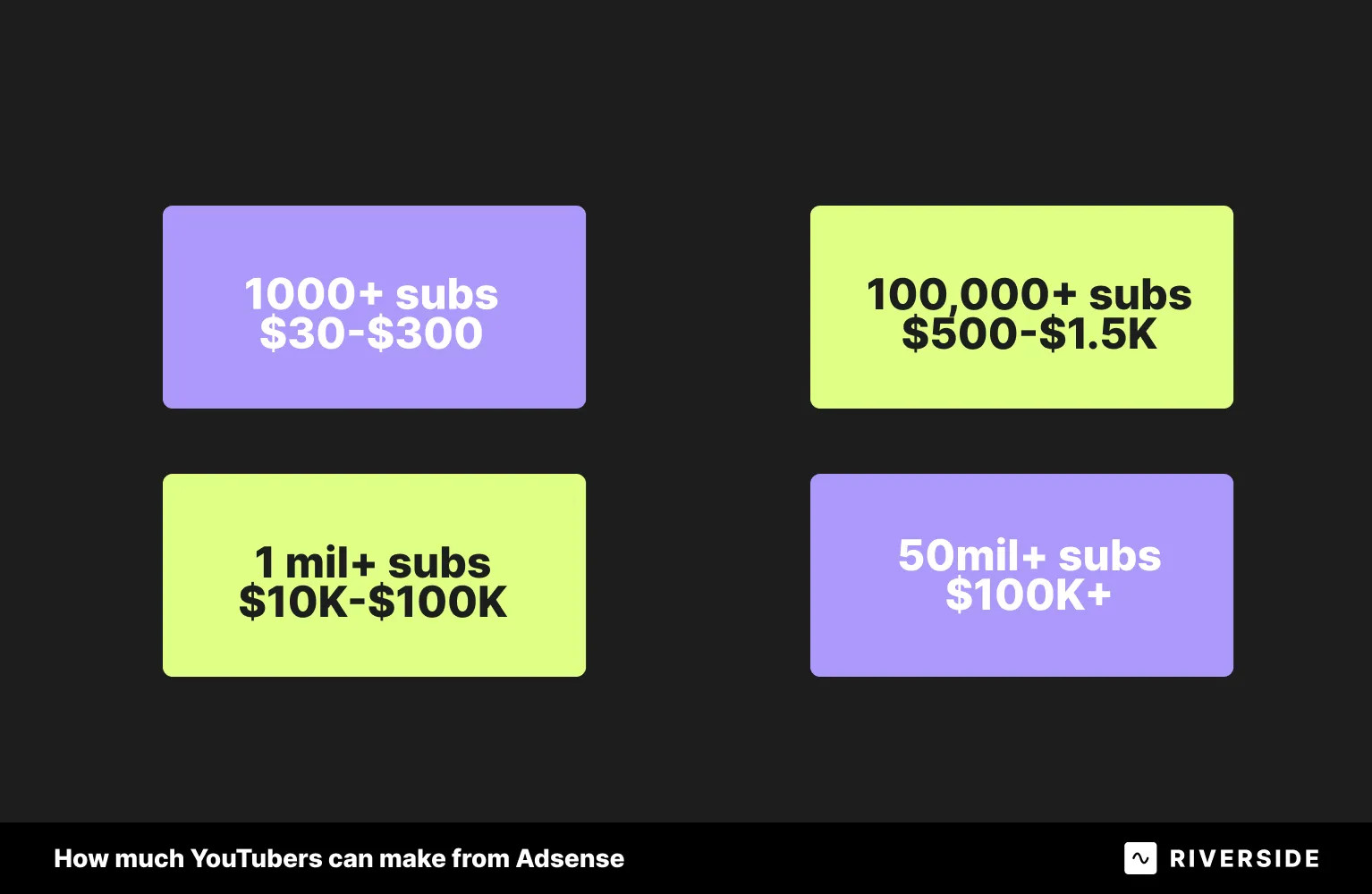 youtubers make money from Adsense
youtubers make money from Adsense
2. What Is Required to Start Earning Money on YouTube?
The most fundamental way YouTubers generate revenue is through the YouTube Partner Program (YPP), also known as AdSense. This program enables content creators who meet specific criteria to receive payment for videos uploaded to YouTube.
To become a YouTube Partner and qualify for monetization, creators must meet these requirements:
- Minimum Subscribers and Watch Hours: At least 1,000 subscribers and 4,000 valid public watch hours within the past year (excluding Shorts). Alternatively, 10 million valid public YouTube Shorts views within the last 90 days.
- Adherence to YouTube’s Policies: Agree to and comply with YouTube’s terms and conditions.
- Community Guidelines: Maintain a channel without active Community Guidelines strikes.
- AdSense Account: Have a valid Google AdSense account linked to the YouTube channel.
- Approval Process: Successfully pass the YouTube Partner Program review process.
The amount a YouTuber earns through AdSense primarily depends on the number of views their videos receive. However, determining the value of each view requires a deeper understanding of key metrics like CPC, CPM, and RPM.
2.1 Understanding CPC, CPM, and RPM
YouTube pays partners 55% of ad revenues. These revenues are generated through two main advertising models:
- Cost Per Click (CPC): Advertisers pay when viewers click on their ads displayed on the video.
- Cost Per Mille (CPM): Advertisers pay for every 1,000 ad impressions, where a viewer watches the ad for at least 30 seconds (or its entire length if shorter than 30 seconds).
Both CPC and CPM influence the Revenue Per Mille (RPM), which represents the revenue a YouTuber earns for every 1,000 views after YouTube takes its share.
Calculating RPM: A Practical Example
Consider a YouTube video with 5,000 views:
- Half the views result in ad impressions with a CPM of $10.
- 100 viewers click on the ad with a CPC of $0.5.
Earnings Calculation:
- CPM Earnings: (2,500 impressions / 1,000) * $10 = $25
- CPC Earnings: 100 clicks * $0.5 = $50
Total Earnings: $25 + $50 = $75
After YouTube’s 45% cut:
- YouTuber’s Share: $75 * 0.55 = $41.25
RPM Calculation:
- RPM: $41.25 / (5,000 / 1,000) = $8.25
In this example, the YouTuber earns $8.25 per 1,000 views. At 5,000 views per day, this translates to approximately $1,238 per month.
3. Factors That Influence YouTube Monetization
While the number of views is crucial, several other factors significantly affect a YouTuber’s income. These factors can either boost or hinder monetization efforts, so understanding them is essential for maximizing earnings.
3.1 Video Length
Longer videos provide more opportunities for ad placements, increasing potential ad revenue. Pre-roll ads (at the beginning) and mid-roll ads (during the video) typically have higher payouts than post-roll ads (at the end).
However, video length is a balancing act. While longer videos can generate more ad revenue, they may also deter viewers with short attention spans. Shorter videos can attract new followers and increase subscriber numbers faster. Creators must strike a balance based on content type and audience preferences.
3.2 Content Type
Certain content types are more conducive to long-term monetization. Tutorial videos, such as “How to Change Your Car Battery,” can attract views for years, ensuring steady ad revenue. Evergreen content maintains relevance over time, leading to higher watch times, more ad impressions, and increased overall earnings.
Podcasts and live streams can generate short-term revenue and social media traction. However, their viewership tends to decline once the event or topic becomes outdated. Creators should focus on evergreen content to maximize long-term monetization.
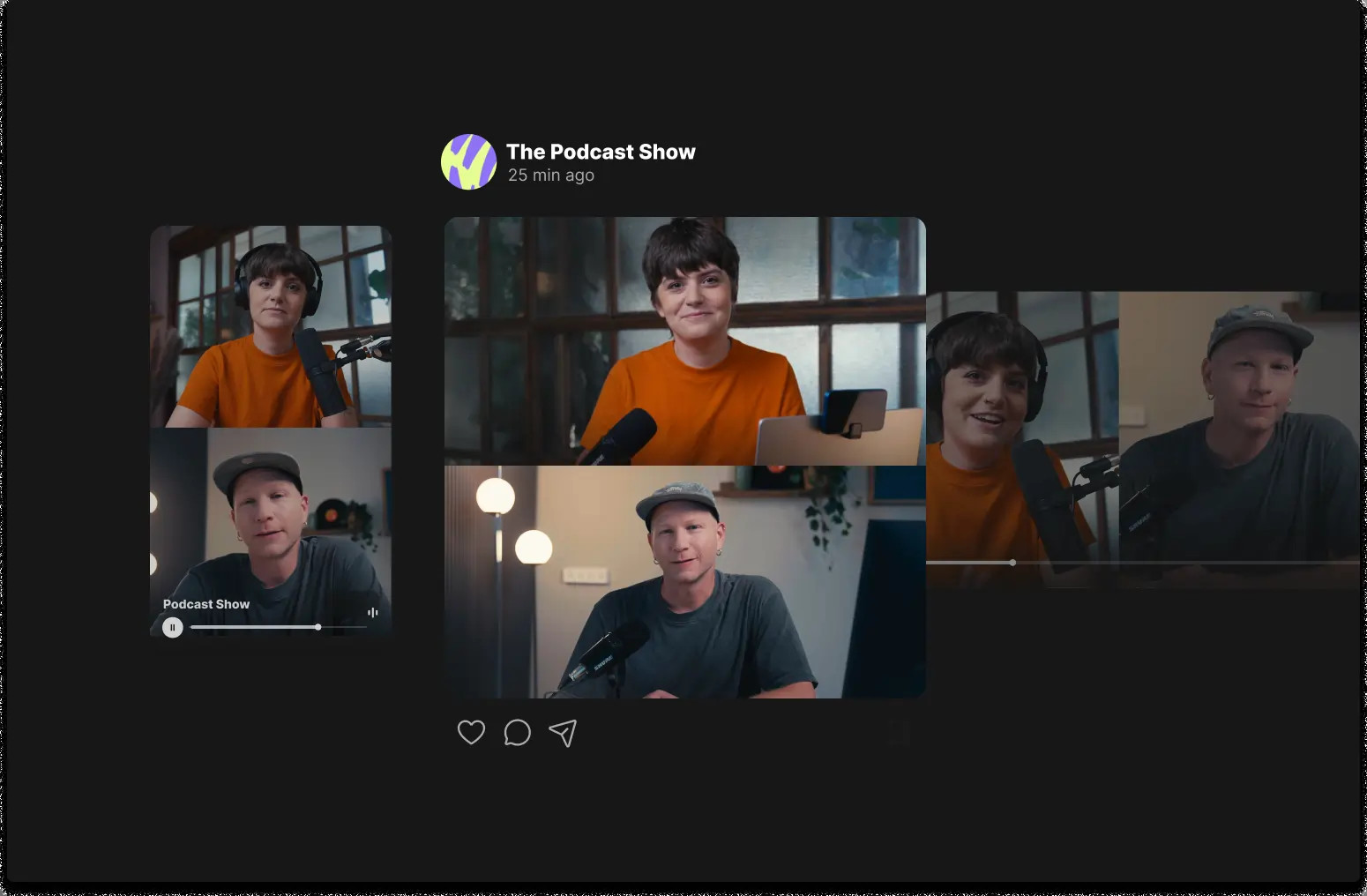 Type of content
Type of content
3.3 Niche and Demographics
Some niches, like technology and personal finance, command higher prices from advertisers, resulting in better CPC and CPM rates. Cooking, travel, and humor channels often have lower RPMs.
Demographics also play a crucial role. Gaming content, for example, attracts younger viewers who may be less likely to spend money on products or watch ads without skipping them. Understanding the target audience and aligning content with high-value niches can significantly boost earnings.
3.4 Geographical Location
Advertisers pay more to reach audiences in affluent regions like North America and Europe. However, market size also matters – the more YouTube users a country has, the more potential viewers.
The United States, with its 247 million high-paying users, is highly desirable. However, India, with 467 million active users, presents a massive market as well. Successful YouTubers often create multilingual content with subtitles to reach a global audience.
4. Diversifying Income Streams for YouTubers
Full-time YouTubers often diversify income streams beyond YouTube ads. Relying solely on ad revenue can be unstable, as income depends on views, ad rates, and algorithm changes.
Here are additional income sources for YouTubers:
4.1 Affiliate Marketing
Affiliate marketing involves promoting products or services in videos and earning a commission on sales made through affiliate links. Creators can tag relevant products and embed links in video descriptions. Commissions range from 5% to 50%.
This feature is available for YouTube channels with at least 15,000 subscribers. Some creators report significant earnings from affiliate marketing even with smaller channels.
4.2 Personal Merchandise
YouTubers can sell merchandise associated with their brand. This includes branded items like mugs, T-shirts, and plushies, or custom-designed products.
For example, Kimono Mom, a Japanese YouTuber with over 3 million subscribers, sells her own umami sauce and kitchen appliances. The connection to the audience and the promotion of unique products contributes to the success.
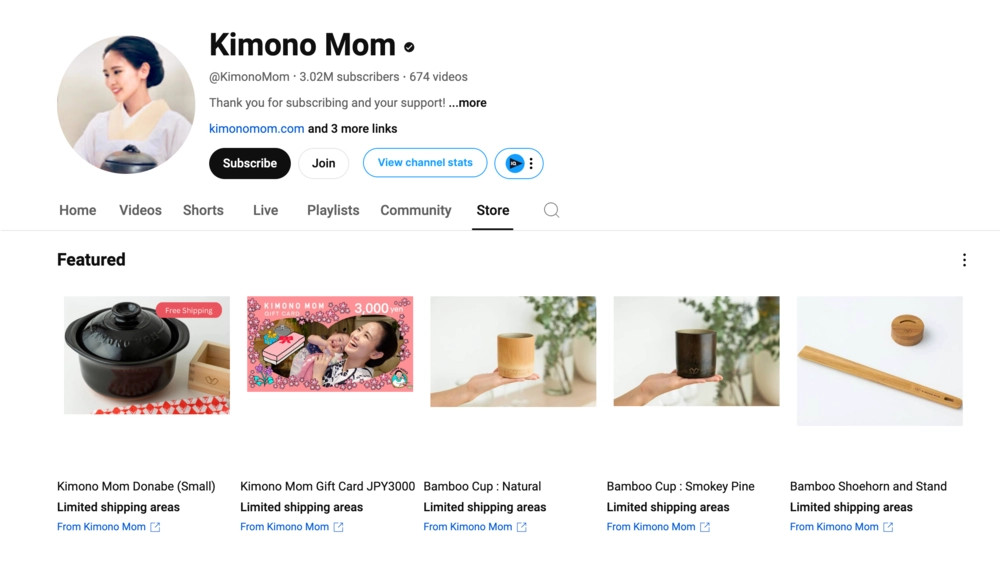 Kimono Mom Youtube merchandise
Kimono Mom Youtube merchandise
4.3 Channel Memberships and Crowdfunding
Channel memberships allow viewers to support creators with recurring monthly payments in exchange for exclusive perks such as animated Super Stickers, priority Super Chat messages during live streams, and early access to new videos.
YouTube takes a 30% cut of channel membership fees, so creators may also use Patreon to receive tips, donations, and subscriptions. Paid members often receive exclusive content and other benefits.
4.4 Digital Products and Business Services
Some creators use their YouTube channels to showcase expertise in a niche. They create videos that market their consulting or coaching services.
Neil Patel, the owner of a well-known digital marketing agency, uses his YouTube channel to post videos about SEO techniques and digital business advice, supporting his broader business goals.
4.5 Brand Sponsorships
Brand sponsorships are a lucrative income source for popular YouTubers. Creators strike deals to promote products and services through product placements and partnerships.
Influential creators may also be paid to run brand campaigns on other social media platforms or speak at industry events. Payments vary depending on popularity, niche, and the nature of the collaboration.
5. Top-Earning YouTubers in 2024
To understand the potential earnings for top-tier YouTubers, it’s helpful to examine the incomes of some of the highest-paid personalities on the platform.
The following figures are rough estimates based on publicly available data:
.webp)
5.1 MrBeast
Channel: @MrBeast
Subscribers: 314 million
Topic: Challenges, Philanthropy
Annual Income: Approximately $700 million
James Stephen Donaldson, known as MrBeast, is YouTube’s leading creator. The first to reach 300 million subscribers, his channel features elaborate challenges and giveaways.
 Mr Beast Youtube Channel
Mr Beast Youtube Channel
5.2 Jeffree Star
Channel: @jeffreestar
Subscribers: 15.8 million
Topic: Makeup, Beauty, Vlog
Annual Income: Approximately $200 million
Jeffree Star earns significantly from Jeffree Star Cosmetics, which generates $100 million in annual revenue. Star is a singer, songwriter, model, and fashion designer.
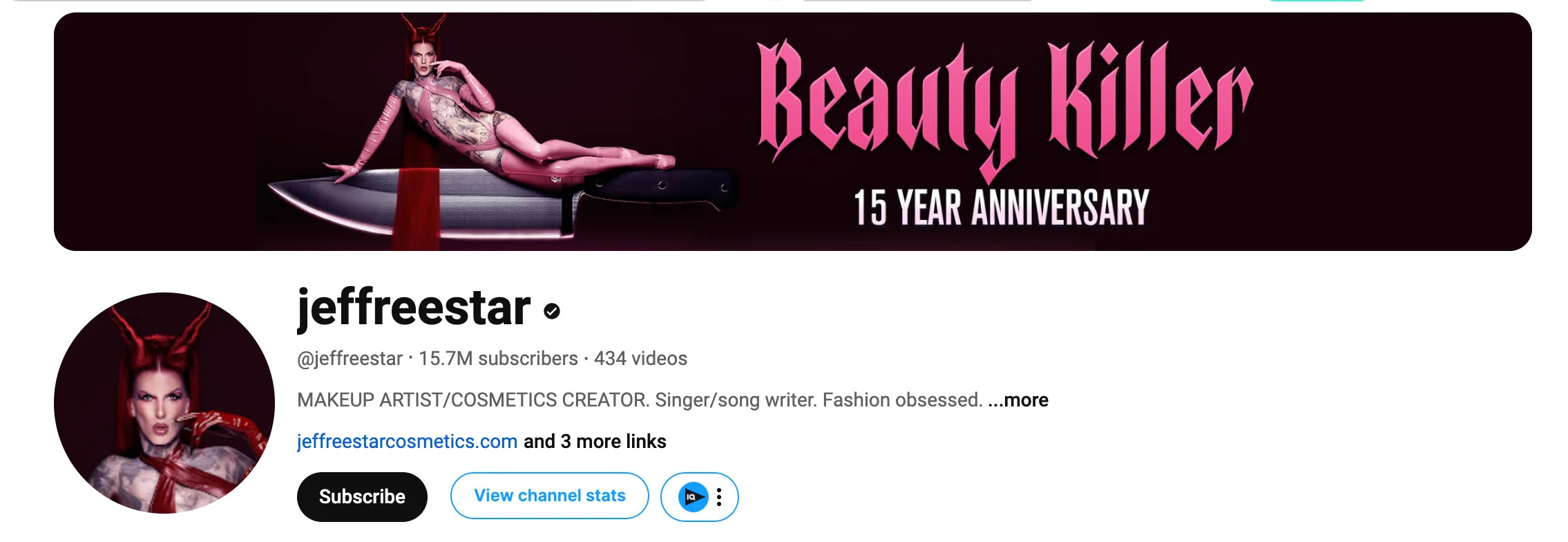 Jeffree Star YouTube
Jeffree Star YouTube
5.3 Like Nastya
Channel: @LikeNastyaofficial
Subscribers: 120 million
Topic: Kid content, Toy Reviews, Edutainment
Annual Income: Approximately $106 million
Anastasia Sergeyevna Radzinskaya, known as Like Nastya, is one of the wealthiest children in the world. Her channel is the most profitable kids’ channel globally, featuring fun, educational content.
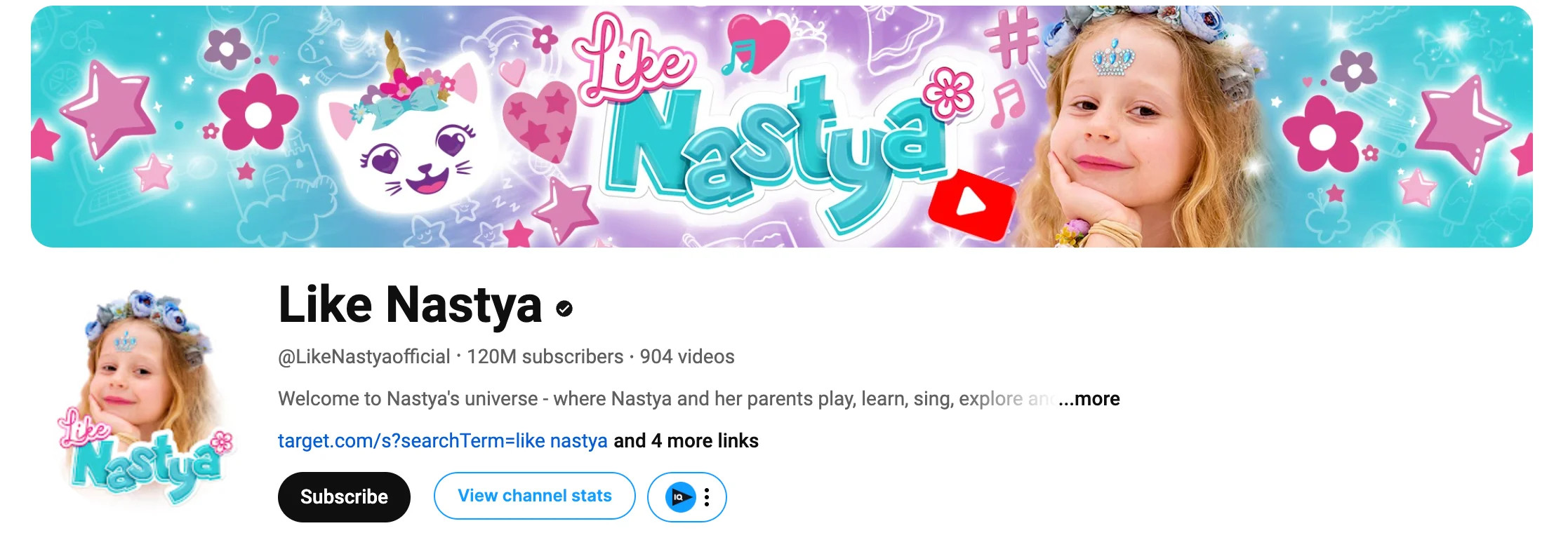 Like Nastya YouTube Channel
Like Nastya YouTube Channel
6. FAQs About How Much Money YouTubers Make
6.1 Who is the highest-paid YouTuber?
As of 2024, MrBeast (Jimmy Donaldson) is the highest-paid YouTuber, with a projected annual income of $700 million. His channel features extravagant giveaways and challenges that regularly garner around 100 million views per video.
6.2 Can YouTubers make money through memberships or Patreon?
Yes, YouTube offers a Channel Membership feature that allows fans to support their favorite creators directly through monthly subscriptions in exchange for exclusive content or perks. Additionally, YouTubers can earn through memberships or donations on platforms like Patreon.
6.3 What is YouTube Premium, and how does it affect earnings?
YouTube Premium is a subscription service that offers viewers the option to watch ad-free videos. Creators are still compensated through YouTube Premium, as they earn revenue based on the watch time generated by Premium users. This means that creators are not penalized for viewers watching ad-free content.
6.4 Do YouTubers earn differently from Shorts compared to regular videos?
Yes, YouTube Shorts monetization differs from regular videos. Shorts have a dedicated fund that collects money from ads viewed between them. This fund is then distributed to eligible creators based on the number of views their Shorts receive, unlike the direct ad revenue model of regular videos.
6.5 How much does a YouTuber with 1 million subscribers make?
If all subscribers watched a new video weekly, a YouTuber with 1 million subscribers could hypothetically earn around $950,000 per year. However, a more realistic estimate ranges from $40,000 to $500,000 annually. Earnings depend on several factors beyond subscriber count, including video frequency, engagement, audience demographics, and niche.
6.6 How many YouTube subscribers do you need to make $2,000 a month?
Roughly 400,000 to 800,000 monthly views could generate $2,000 in ad revenue. However, there’s no fixed subscriber count required to earn $2,000 monthly, as earnings also come from affiliate marketing and sponsorships. With brand deals, even channels with 15,000 to 20,000 subscribers can potentially reach this income level.
6.7 Is being a YouTuber a high-paying job?
Like movie or sports stars, top YouTube creators can earn millions. However, most YouTubers earn little to nothing. Only 0.3% of accounts have 100,000 subscribers or more, making being a YouTuber a lucrative business for just a small fraction of creators.
Creating content on YouTube offers significant potential for income generation, but success depends on multiple factors, including channel size, engagement rate, content quality, and monetization strategies. By diversifying income streams, building a strong brand, and engaging with their audience, YouTubers can increase their earnings and build a sustainable career on the platform.
Are you ready to elevate your income potential through strategic partnerships? Visit income-partners.net today to discover a wealth of information on building effective business relationships and expanding your revenue streams. Learn more about finding the right partners, developing successful collaborations, and maximizing your financial growth. Don’t wait—start building your future today.